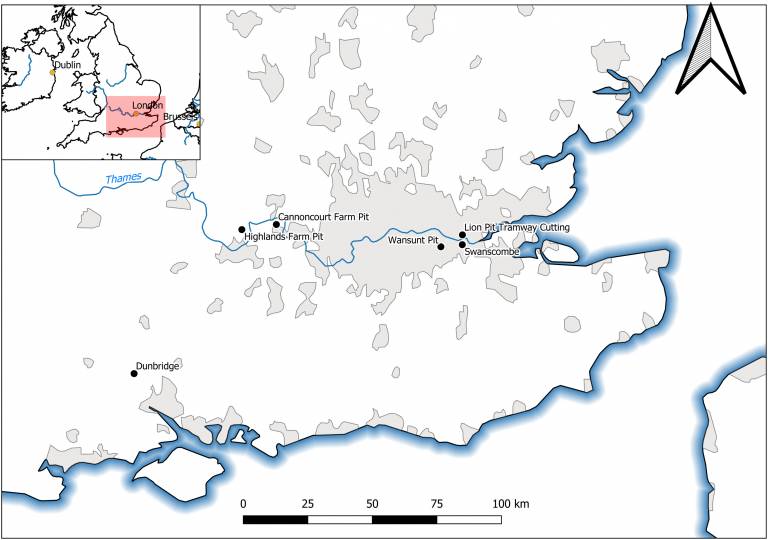English Lower and Middle Palaeolithic Sites are under threat
31 July 2021
Lower and Middle Paleolithic archaeological sites in England risk falling through the cracks between different types of heritage conservation, since they lack recognisable structures.

Lower and Middle Paleolithic archaeological sites in England risk falling through the cracks between different types of heritage conservation, since they lack recognisable structures; these sites have often benefitted from protection under geoconservation, particularly through selection as Geological Conservation Review sites, and subsequent designation as Sites of Special Scientific Interest (SSSIs). The geoconservation of key sites, particularly in the formative years of British geoconservation, has allowed combined geological and archaeological reinvestigation. This is of particular benefit to understanding Lower and Middle Paleolithic artefact assemblages, which were often collected in the later 19th–earlier 20th century and consequently lacked both detailed spatial or stratigraphic provenance and contextual geological information. As such, the ‘fine grained’ data which could be gleaned from such artefact collections was limited. Here we review the benefit of geoconservation in allowing the contextualisation of historical archaeological collections, focussing on six key English sites where geological and archaeological reinvestigation has led to important archaeological findings. In particular, the emerging evidence of chronological patterning in Lower and Middle Paleolithic artefacts makes the preservation of such deposits valuable to Quaternary science in general.
The value of English geoconservation sites in understanding historical collections of lower and middle palaeolithic artefacts
L. C. Dale, A. A. Rawlinson, D. R. Bridgland, M. J. White
DOI: 10.1016/j.pgeola.2021.06.008
 Close
Close

